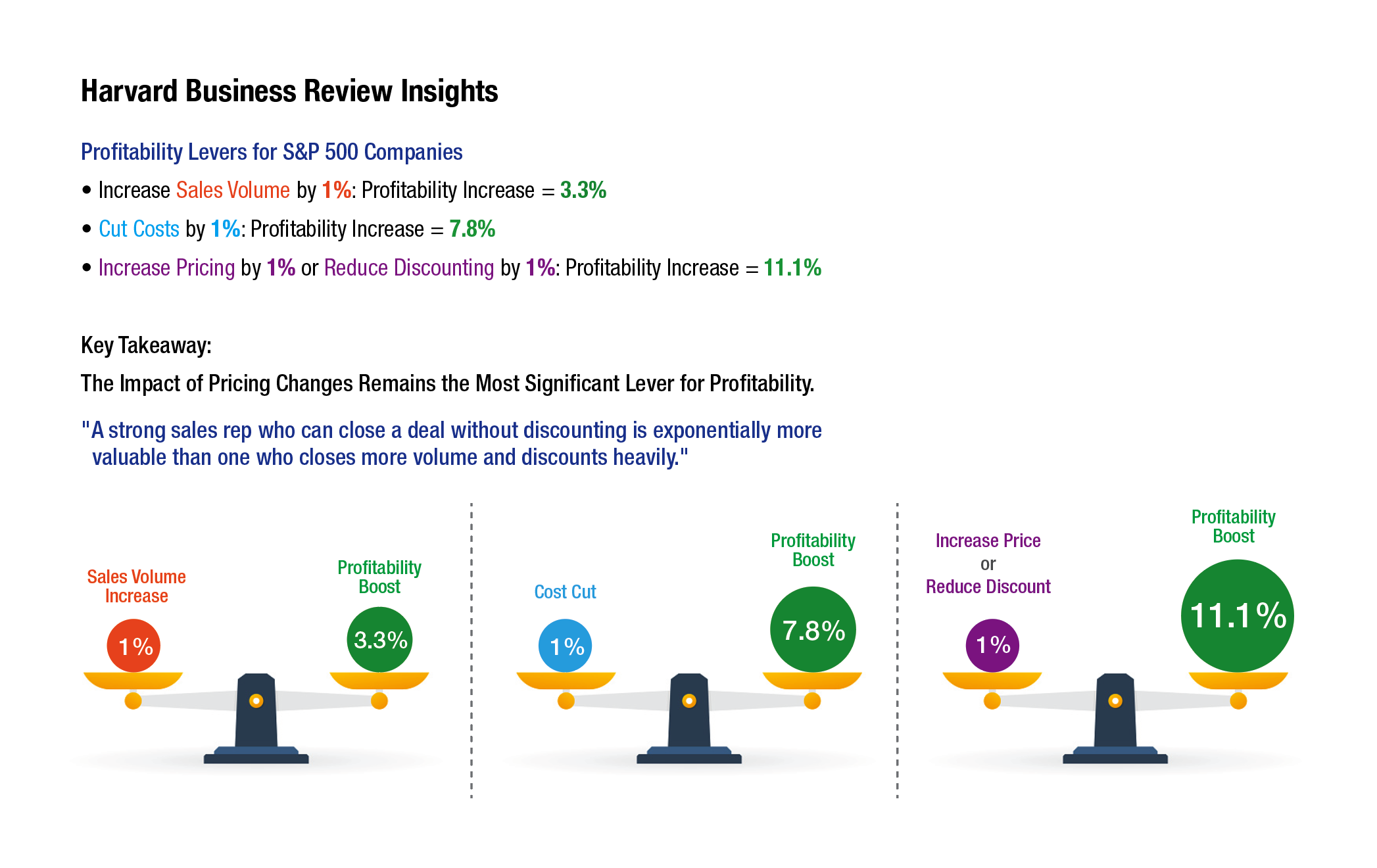
Publish Date
Oct 18, 2023
Industry Insights
“$800 Bob!”
I was flabbergasted. Who thinks the price of a snow cone machine would be $800?! So far, we had bids of $450, $550 and $800, with one more to go. Erica, a fresh-faced college student who was sporting all her UCLA/Price Is Right swag (although they didn’t call it swag back in 1999), was up next.
“$1 Bob!” The crowd began to “woo” in excitement as the legendary host of The Price is Right, Bob Barker, opened his card and delivered with his unlimited charm, “Actual retail price… $220, Rachel, come on down!”
I loved this show growing up. When you were home sick and accomplishing anything for school or work was not going to be an option in the pre-remote work era, Bob Barker and The Price is Right was the apex of your day. Sometimes I’d even exaggerate (*cough* fake *cough*) my sickness just to watch the show.
The $1 bid was both silly and yet all-too-often a winning move. Sales reps, it seems, have taken a Price is Right approach to winning deals, and this is where sales compensation incentives and company performance can quickly get out of alignment.
Anecdotally, you will hear from potential customers that your product or service is “too expensive” or “not competitive enough” or “hard to justify at that price.” This may or may not be true, but as a sales rep hears this day-in and day-out, they start to believe it is true. Pair that with a need to hit quota and a sales rep’s ability to discount your price, and the financial outcomes are likely to get worse and worse.
Too many teams worry about reps “sandbagging” deals from one performance period to the next in an attempt to maximize their own compensation, without maximizing the financial health of the company. In this situation, a rep will actively fight to close a deal at a much lower value to get them over their quota or financial acceleration thresholds. Cutting price is an easy solution for many sales reps who aren’t comfortable communicating value at a specific price level, and the largest lever they can pull to close a deal.
Per an older Harvard Business Review article, when you take a look at the average S&P 500 company, increasing sales volume by 1% can increase profitability by 3.3%. If a company can successfully cut costs by 1%, profitability increases by 7.8%. But, if a company can increase pricing by 1% or reduce discounting practices by 1%, the company can boost profitability by 11.1%. Now, given this data set is 30 years old, it’s fair to assume there are likely some changes to these numbers, but the impact of price changes still remain the largest lever one can pull on profitability. A strong sales rep who can close a deal without discounting is exponentially more valuable than one who closes more volume and discounts heavily. This doesn’t even factor in the compensation costs of carrying these “pricing sandbaggers.”

As the era of growth at all costs is coming to an end ,and with a renewed focus on profitability, designing compensation plans that are tied to both pricing and volume metrics are becoming vogue. Companies that compensate sales reps on revenue would be wise to consider a shift to margin. In models where shifting to margin is overly difficult, more compensation is moving to pricing / deal desk teams to appropriately price and communicate value. Companies that previously paid based on items sold / volume are setting pricing minimum thresholds in order to earn full credit.
Looking at older compensation distribution models, seeking the optimal bell curve of earnings, can mask faulty pricing. Monitoring changes at the highest-level metric, compensation cost as a percent of revenue, can help you catch cracks in your sales incentive compensation plans before they materialize. Companies would do well to reward those who deliver the highest brand value (i.e., highest price) without material changes in volume, as these are the sales reps that truly drive company performance.
Anyone can put out a bid of $1 and win a deal. However, it takes skill to defend pricing and brand value, and as such these should be your highest earning reps.